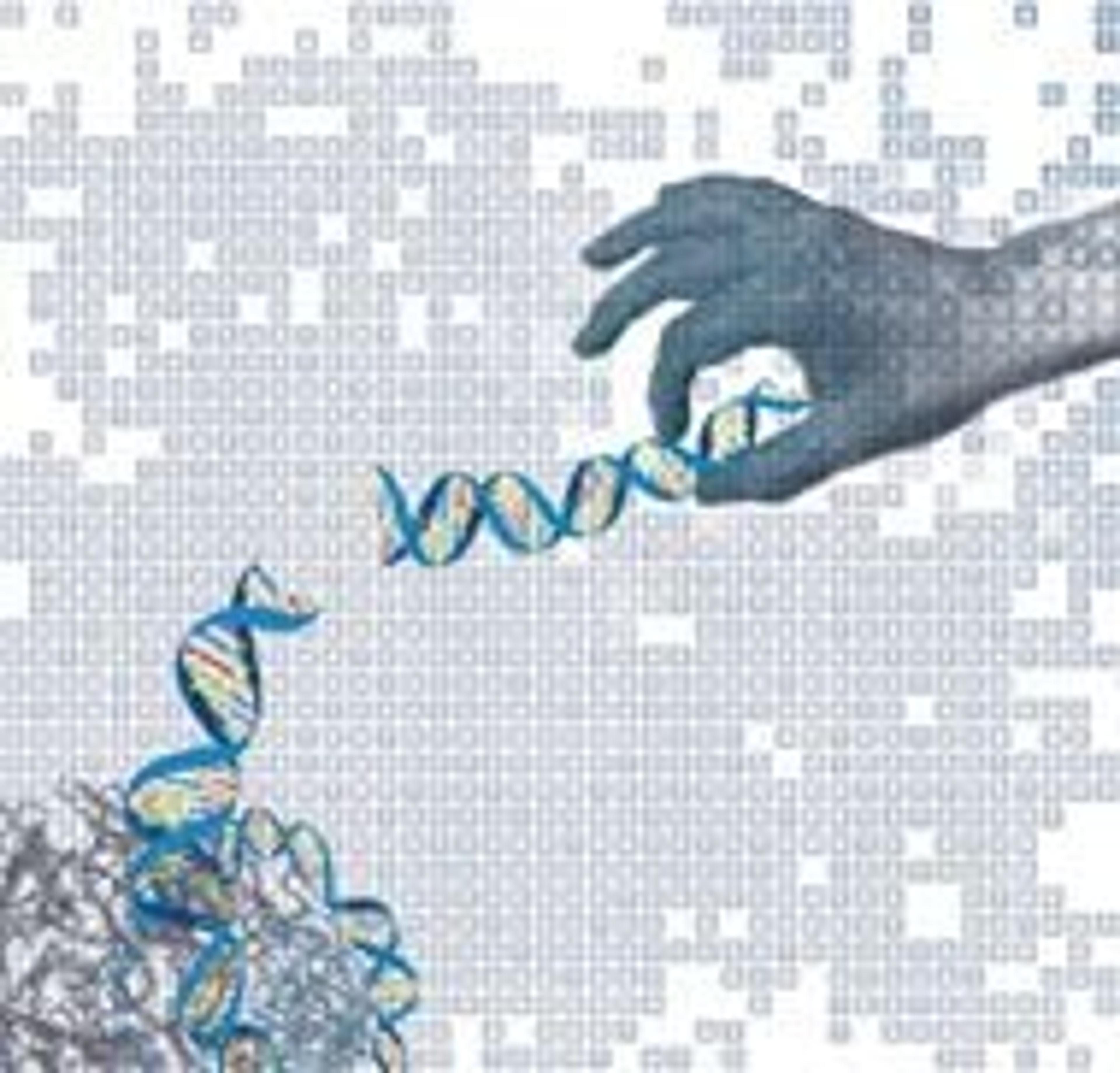Roche NimbleGen Multiplex CGH Arrays Enable Detection of Exonic Deletions and Duplications Associated with Muscular Dystrophy and Cystic Fibrosis
7 Oct 2008Researchers from France investigating DNA copy number changes associated with genetic disorders have reported the development and validation of a Roche NimbleGen CGH multiplex, microarray-based research method for detecting genomic deletions and duplications at high-resolution. The findings, published in the August 5 issue of the journal Human Mutation, identified highly precise, exon-level variants in DNA samples from affected individuals and carriers of a range of human diseases including muscular dystrophies and cystic fibrosis.
Current techniques used to identify mutations associated with muscular dystrophies and cystic fibrosis, which include a wide range of point mutations and copy number deletions and duplications, rely on PCR-based targeted approaches such as semi-quantitative fluorescent PCR (QF-PCR) and multiplex ligation-dependent probe amplification (MLPA). However, these techniques are time-consuming, labor-intensive, exhibit a significant false negative rate, and are often limited to a small number of exonic regions. To overcome these limitations, the authors of this study, led by Jamel Chelly from the Institut Cochin, Université Paris Descartes, and a research team from INSERM and Hópital Cochin, Paris, used the Roche NimbleGen multiplex CGH technology to design and build custom, targeted CGH arrays which interrogated 158 exons from a set of 8 genes associated with Duchenne and Becker muscular dystrophy, cystic fibrosis, and sarcoglycanopathies.
Roche NimbleGen’s unique and flexible array synthesis technology allowed the research team to specify the target genes and desired resolution. To achieve higher throughput analysis, the team utilized Roche NimbleGen’s 4 x 72K array format, which allows the simultaneous analysis of four independent sample pairs on a single microarray slide. Using this method, Chelly et al. accurately detected copy number abnormalities in the DMD, SGs, and CFTR genes down to about 1.5 kb resolution in 50 samples from hemizygous affected individuals and heterozygous carrier females. In addition, even heterozygous deletions and duplications of only one exon, as well as mosaic deletions were detected by this CGH approach.
Chelly noted that “the method is very powerful as it allows simultaneous analysis of a large number of exons, i.e. 158 exons corresponding to 8 disease genes. Also, as each slide contains four arrays, the method also offers the possibility to investigate a large number of samples. The results described in this research showed that oligonucleotide-based array CGH is sensitive and robust, even at the resolution of single exons.” Future enhancements to the technique include the simultaneous analysis of 12 independent sample pairs at significantly higher resolution using Roche NimbleGen’s 12 x 135K CGH arrays (135,000 probes per array versus the current 72,000). The new format is keenly anticipated by Chelly, who added,” The potential of this approach will only be enhanced by the next generation of 12-plex 135K CGH arrays, and it will fill a technological gap between current pangenomic array CGH technologies and labor-intensive methods, such as MLPA and QF-PCR.” Roche NimbleGen anticipates the 12 x 135K CGH arrays to be commercially available in the fall of 2008.

